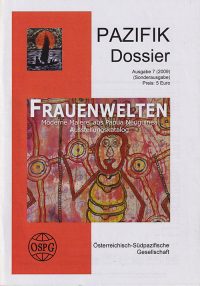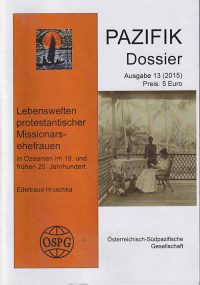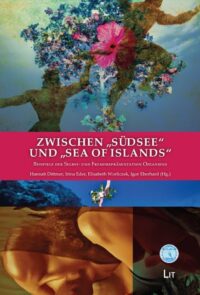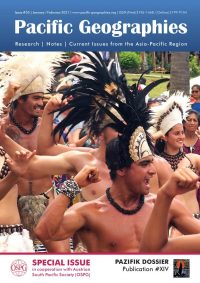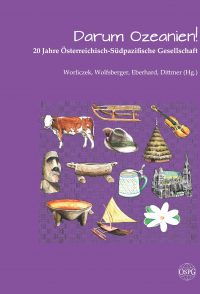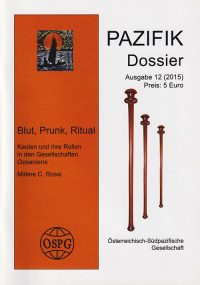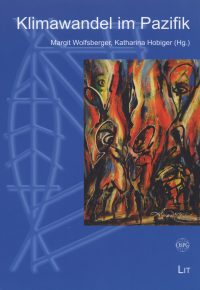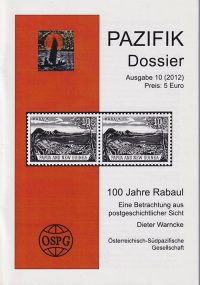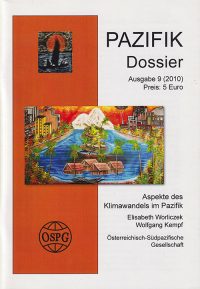Eine Betrachtung aus postgeschichtlicher Sicht
Dieter Warncke
Rabaul, die Stadt im Nordosten der Insel Neubritannien, Hauptstadt der East New Britain Province und einst „Perle der Südsee“, feierte im September 2010 ihren 100. Jahrestag. Die spektakuläre Lage am Nordrand einer weiten Bucht mit einem tiefen, natürlichen Hafen bildete hervorragende Voraussetzungen für die Entwicklung eines bedeutenden Verwaltungs- und Wirtschaftszentrums. Die ereignisreiche Geschichte der Stadt wird chronologisch unter Verwendung von Briefen und Belegen aus den einzelnen Zeitabschnitten dargestellt. Gegründet als Hauptstadt der Kolonie Deutsch-Neuguinea und später des australischen Mandatsgebiets „Territory of New Guinea“, diente Rabaul auch als japanischer Hauptstützpunkt im Pazifikkrieg und wurde nach der Unabhängigkeit von Papua Neuguinea zur Hauptstadt der East New Britain Province bis 1994 zwei Drittel der Stadt durch einen Vulkanausbruch zerstört wurden und die Verwaltung nach Kokopo verlagert wurde. Die postalischen Belege spiegeln dies wider und lenken den Blick auch auf Nebenaspekte der großen historischen Ereignisse, wie etwa der Briefwechsel eines gefangenen australischen Arztes mit seiner Frau. Die einstigen Alltagsgegenstände, Briefe und Postwertzeichen der Kolonialgeschichte Papua Neuguineas stellen eine Verbindung von Vergangenheit, Gegenwart und – angesichts der wechselhaften Entwicklung von Rabaul – auch mit der Zukunft dar.
100 Years of Rabaul
An Examination of its Postal History
The city of Rabaul, located in the northeast of the island of New Britain, capital of the East New Britain Province and once „pearl of the south seas“, celebrated its 100th anniversary in September 2010. The spectacular location on the northern edge of a wide bay with a deep, natural harbour was an excellent condition for the development of a major administrative and economic centre. The eventful history of the city of Rabaul is presented chronologically, using conclusive letters and documents from the various time periods. Established as the capital of the German Colony of Deutsch-Neuguinea and later the Australian Mandated Territory of New Guinea, Rabaul also served as Japan’s main base in the Pacific War and – after Papua New Guinea gained its independence – as the capital of the East New Britain Province, until 1994, when two thirds of the city were destroyed by a volcanic eruption and the administration was moved to Kokopo. The postal documents reflect that and also draw attention to minor aspects of these great historical events, illustrated for example in the correspondence of a captive Australian doctor with his wife. These former everyday objects, letters and stamps of the colonial past of Papua New Guinea are linking the past to the present and – considering the eventful development of Rabaul – to the future as well.

